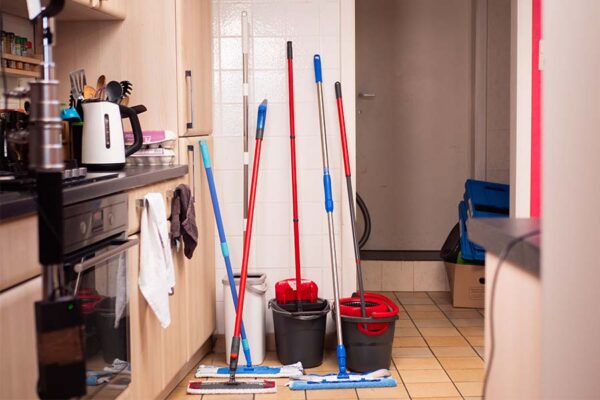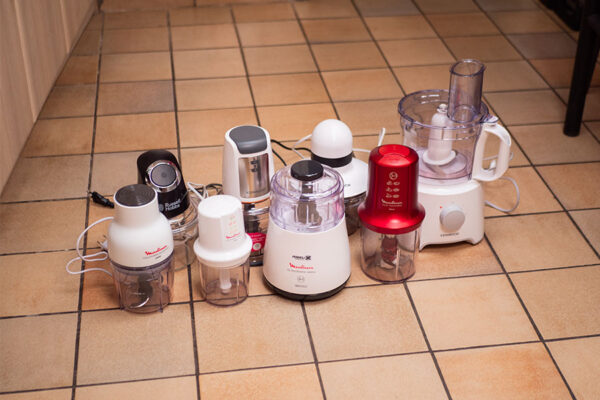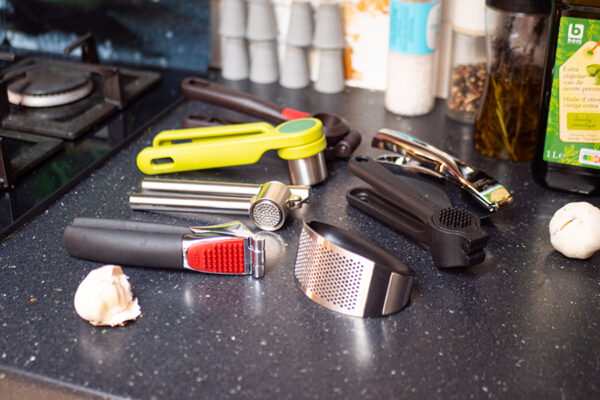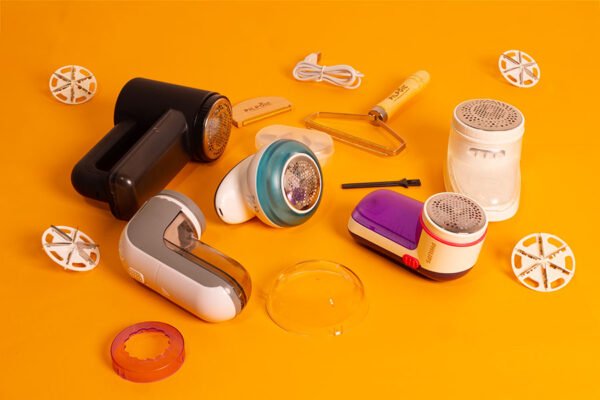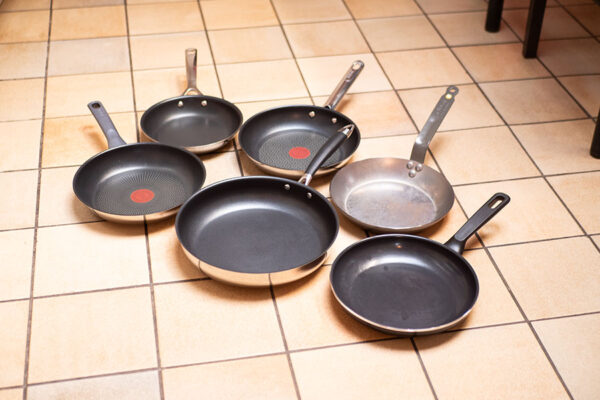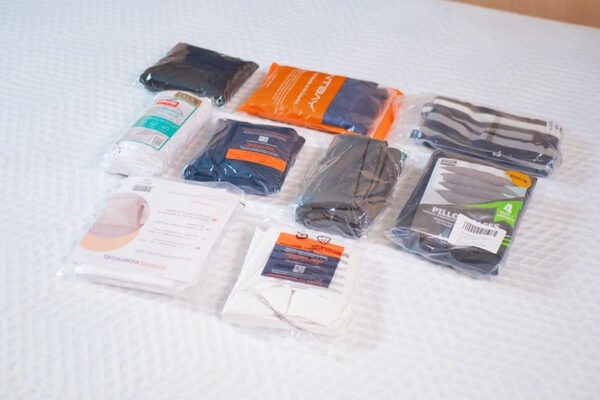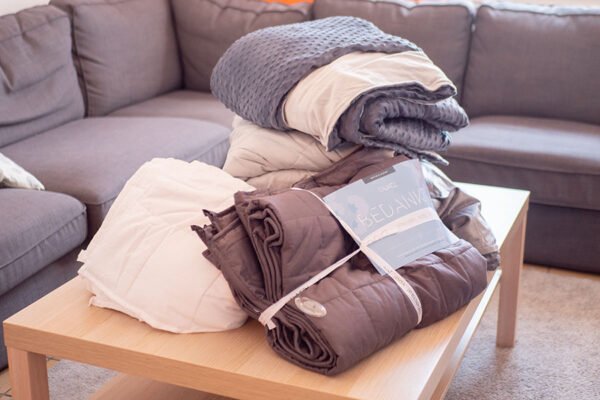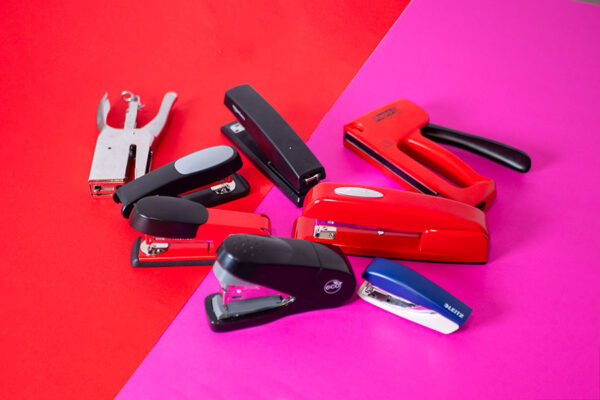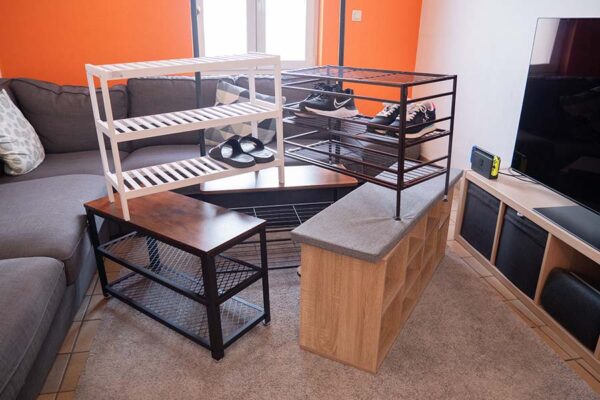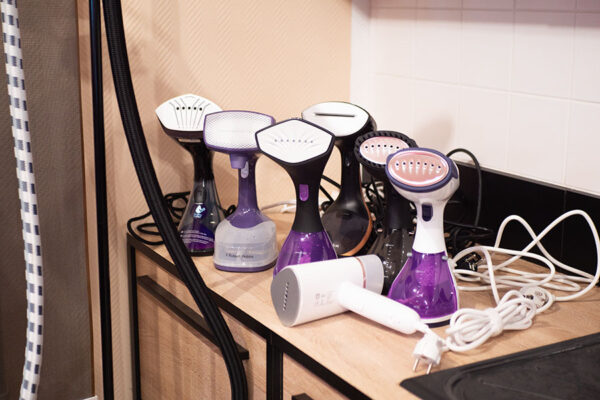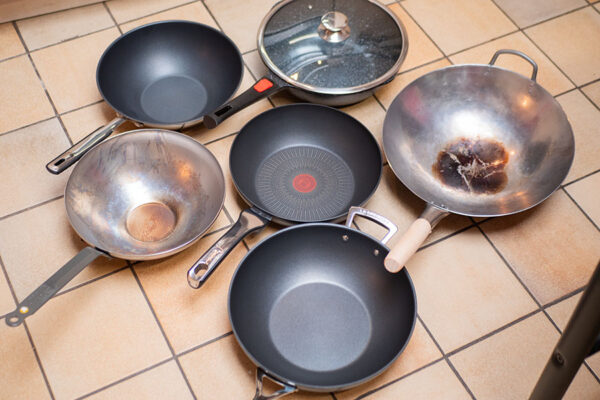Bodum Assam 1805-01
This teapot offers the best value for money in our opinion, thanks to its practicality, quality and plunger that allows you to stop brewing tea whenever you want.

This 1 L borosilicate glass teapot is heat-resistant up to 250°C. In our tests, we were able to put boiling water in it without it spoiling. Its stainless steel infuser is thick enough that it won’t bend during cleaning.
This piston filter system is ideal for large tea leaves, but also for interrupting the infusion when the required time has been reached. For this purpose, the infuser has small holes only on the upper 2/3 of its height. Note that, apart from tea dust, the holes are fine enough not to let anything through.
Furthermore, this teapot has a wide handle and a plastic lid. This allowed us to serve tea without the risk of burning ourselves. The spout made serving easy and didn’t drip. On the other hand, the lid didn’t stay perfectly in place and we had to hold it securely during this step.
For an even more resistant model (up to 350°C), we recommend the Bodum 1801-109Swhich features a cork stopper. On the other hand, we’d recommend less the 1830-01, as its plastic infuser has held up less well after several years of use.
H.Koenig TI700
This kettle also acts as a teapot by directly including an infuser. This can be raised and lowered in the kettle to avoid over-brewing the tea.

This 1.7 L electric teapot features an adjustable thermostat (70°, 80°, 90° and 100°C) and a 30-minute keep-warm function. During our tests, we confirmed that these features were effective.
To offer you greater practicality, the brand has included 2 different lids. One is simple, the other has a stainless steel plunge filter that can be used to prepare tea directly in the kettle. This filter is screwed onto the base of the plunger attached to the lid. This system enabled us to raise the tea above the water level once it had brewed sufficiently.
Note that the filter is not very thick and it’s best to be delicate when placing it to avoid damaging it. Small holes are scattered all over the filter, even on the bottom. And apart from the tea dust, no bits got through.
The kettle is still reasonably priced. However, we preferred it to the Bodum because of its slightly more complex cleaning, since its base cannot be wetted. What’s more, the glass unfortunately seems to crack at the base over the long term according to some users.
Our selection
Our choice, Best cheap Best mid-range 

Bodum Assam 1805-01 H.Koenig TI700 This teapot offers the best value for money in our opinion, thanks to its practicality, quality and plunger that allows you to stop brewing tea whenever you want. This kettle also acts as a teapot by directly including an infuser. This can be raised and lowered in the kettle to avoid over-brewing the tea. £ 30.85 on Amazon £ 75.15 on Amazon
Selectos compares and tests hundreds of products to help you buy better. We sometimes receive a commission when you buy through our links, which helps fund our work. Learn moreWhy trust us ?
How did we test?
In order to test the teapots, we began by observing their design and their quality material. Particular attention was paid to the infusers. We noted their quality, the size of their holes and how far they extended.
For the kettles, we checked that the various adjacent functions were effective. We also timed how long it took them to bring 1 L of water to the boil.
We also judged their practicality and whether their spouts dripped when serving tea. Lastly, we rated how easy they were to cleanby hand.
How to choose your teapot
Teapots come in a variety of forms, with quite different levels of sophistication. Faced with the vast choice available on the market, it’s always a good idea to remember the important selection criteria so you can be happy with your purchase.
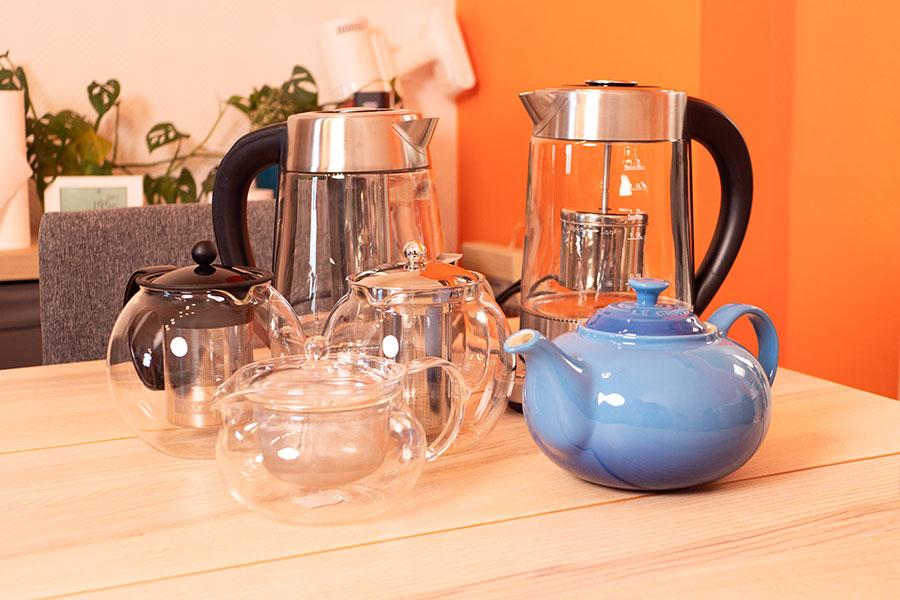
Teapots come in many shapes and models. Each one has its own specific characteristics:
- The classic teapot: this model is ideal for people who have time to enjoy their tea break and/or only drink it occasionally. It generally has a removable infuser or one inserted directly into the carafe at the base of the spout. But the removable infuser is a much more practical option, which also allows for better tea filtering.

- The electric teapot: this is one of the most modern teapots on the market. With this type of appliance, you can generally choose the water temperature according to the tea to be brewed and/or keep your preparation hot. Generally quite expensive, they are recommended for those who drink tea regularly and/or don’t have much time to prepare it. They ensure that your tea is always perfectly brewed, and very quickly.
- The plunger teapot: just like the plunger teapot, the plunger teapot is of great use especially for making a good cup of tea in just a few minutes. Simply add tea and boiling water. Then you pull on the plunger to allow the tea to steep. Many users like it because it preserves all the aromas. However, it is not suitable for preparing large quantities of tea.
They can be designed in a variety of materials:
- China: porcelain teapots are highly appreciated for their elegant design. Their smooth walls don’t retain the smell of previous infusions, making them an ideal choice for green and white teas in particular. Nevertheless, they must be handled with care and require delicate maintenance.
- Cast iron: a true benchmark for tea serving in Japan (and elsewhere), this material is sturdy and retains heat for a long time.

- Glass: this material is often used because it gives teapots a modern, elegant look. Unlike opaque teapots, these transparent teapots let you observe the remaining contents and the intensity of the infusion, which is quite practical. The thin glass walls resist thermal shock, but they don’t retain heat for long.
- Terracotta and ceramic: ideal for Chinese black and dark teas (according to Le Palais des Thés, the best come from Yi Xing, renowned for the quality of its clay). They retain heat well.

- Stainless steel: although less prestigious than porcelain or cast iron, this material has the advantage of being durable and easy to maintain. It retains the heat of tea well. However, these teapots are not compatible with induction hobs. You also need to be careful not to burn yourself when serving.
Knowing this, you can take into account a series of characteristics to be able to decide between the different models available:
- Reservoir capacity: the models available on the market generally have a capacity of between 1 and 2 L, although you can opt for a smaller model of around 500 ml designed for a single person. Except with very sophisticated electric teapots that can hold the temperature for a while, it’s not advisable to choose a model that’s too large, as your tea may quickly cool or be over-brewed.

- Care: some teapots can only be cleaned with water or, depending on the material, with neutral soap. In this way, the taste of the tea is preserved under all circumstances. However, this does make cleaning a little more time-consuming. If you’re in a hurry, prefer dishwasher-safe models.
- The temperature setting: with electric models, you can generally adapt the temperature according to the type of tea you intend to brew. Temperature settings vary from one teapot to another. However, they are not inexpensive.

- Other functions: sophisticated electric teapots can often act as a kettle, saving you money on an additional appliance and a little space in the kitchen. They also often have programs to suit the tea you wish to brew, enabling you to obtain the perfect temperature and infusion time. Some teapots lower and raise the infuser themselves to avoid over-infusing the tea.
Other teapots we recommend
Teabloom Classica (€24.65 at time of publication): A very good inexpensive teapot, but lacks practicality. Like the others, this 1.2 L borosilicate glass teapot withstood temperatures of 100°C during our tests. Efficient, its stainless steel infuser has small holes all the way up and in the bottom that didn’t let any tea through (except for dust). It’s easy to remove thanks to a small handle. Note that the metal knob on the lid and the glass handle of this teapot remain cool, avoiding the risk of burning when we’ve poured the tea into our cup. The brand indicates that it can be placed in the microwave (without the metal lid and infuser), in the dishwasher and on the stove. However, we strongly advise against doing so if you want to keep it for a long time. As glass is a fragile material, the risk of breaking it with temperature changes is always a possibility, no matter how good the quality. All the more so as manual cleaning proved very easy to carry out. Finally, the reason we didn’t include it in our main selection is because of the lid, which clips directly onto the glass. The step was rather tricky for us and we were frankly afraid of breaking everything.
Aigostar Cris AIG-8433325196516 (€39.99 at time of publication): A tea kettle that lacks a little quality. This 1.7 L kettle features a temperature adjustable from 60 to 100°C in 10°C steps. Each step lights up different-colored LEDs at the bottom of the kettle, giving it a pretty look. It also has a keep-warm function that keeps the temperature between 85 and 100°C for up to 2 hours. During our tests, all these parameters worked well. It did, however, take longer to bring 1 L of water to the boil than H.Koenig’s (3 min 15 vs. 2 min 56). The infuser slides into the lid. Unfortunately, we weren’t entirely convinced by this system, which requires a great deal of pressure on the delicate infuser and can quickly twist or bend. What’s more, it wasn’t practical to remove it when the tea had reached the right infusion level (super hot). Fortunately, the lid stayed in place when we poured the tea, as it stays hot for a very long time, making it difficult to hold. On the other hand, the spout didn’t drip and the infuser has small holes that didn’t let the tea through. Finally, you should know that cleaning is more complex than on classic models because you have to be careful not to get the base of the kettle wet.
Hario CHJMN-70T (€49.38 at time of publication): A good teapot, but its price fluctuates far too much. This 700 ml glass teapot has a large stainless steel filter with tiny holes that don’t let anything through. Its lid is also made of glass, offering a very sleek and classy design. In use, we noticed that the lid knob and handle remained cool enough to pour tea without burning ourselves. The spout didn’t leak during the process. We found the overall quality of this teapot to be excellent. Cleaning by hand was quick and easy. The reason we didn’t include it in our main selection is that its price fluctuates too much. When it’s around thirty euros, its value for money is good, but at the current price, it’s too expensive in our opinion.
Other teapots tested
Le Creuset 80702132200003 (€65.00 at time of publication): Despite its very good quality and excellent ability to keep tea hot, we decided to leave this ceramic teapot out of our selection due to the absence of an infuser and its extremely high price. It’s also the only one that dripped when we served the tea.

